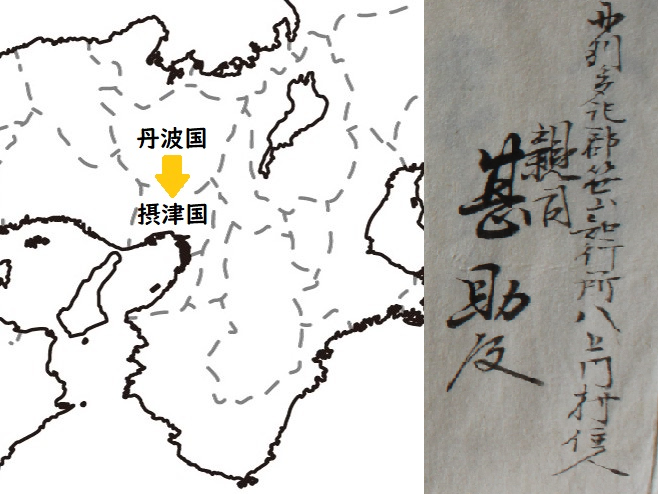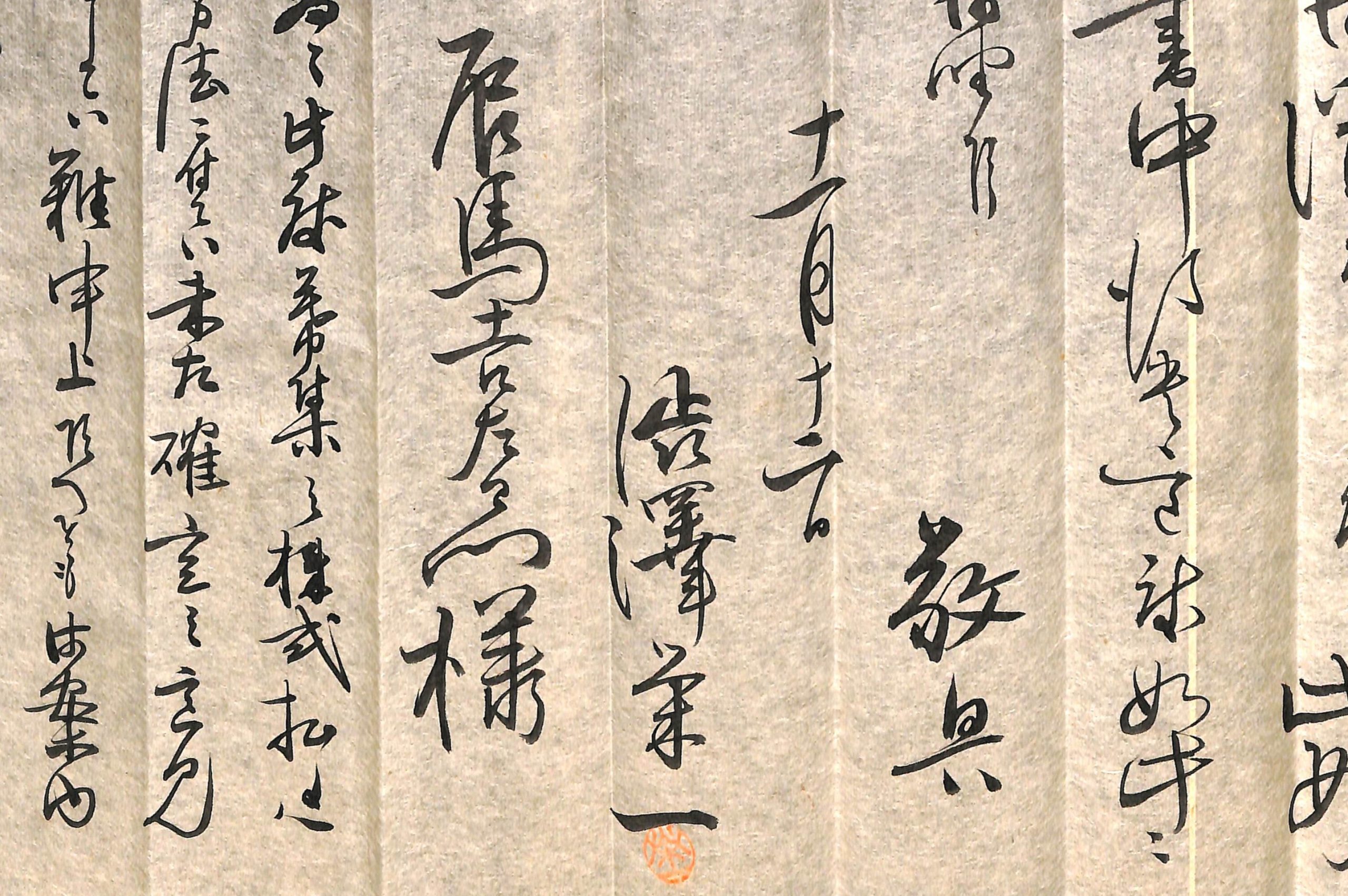Fall is in full swing and this year’s sake brewing is well underway! This month’s article is about the sake brewing craftsmen called “toji”. As mentioned in previous articles, Nishinomiya City, Hyogo Prefecture (where the sake museum is located) has been well-known for sake brewing since the Edo period (1603-1868). The group of craftsmen who produced sake in this region were from Tanba Province and were called “Tanba toji”. Every fall they came down to this area to brew sake during the coming winter.

Let’s begin by taking a look at the phrase Tanba toji. As you can see, it consists of two words: “Tanba” and “toji”. Tanba is the name of the region. “Nanbu toji” and “Echigo toji” are some of the other regions of Japan where this combination of words is used. The word “toji” usually refers to a master brewer of sake and a supervisor of the other sake brewing craftsmen, but when combined with the name of a region, “toji” refers to a group of skilled sake brewing craftsmen. There are a few dozen toji groups in Japan, and the most famous is the “Tanba toji” who formed the culture of Japanese refined sake in Kamigata (Kyoto and vicinity where the Emperors resided).

Now, let’s learn about Tanba Province, the hometown of Tanba toji. Tanba Province is an old province which overlaps some parts of Hyogo and Kyoto Prefectures today. It was in the north of Settsu Province, where Nishinomiya City is located. There were seven counties in Tanba Province, and Tanba toji were mainly from three counties: Taki County, Hikami County and Funai County. Among the three, Hikami County produced the most toji (sake brewing craftsmen). In the Edo period (1603-1868), the craftsmen would walk a whole day across the mountains from Tanba Province, the mountain area in the north, to the sake breweries in Nishinomiya, the coastal area in the south. In those days, once they left their hometown and arrived at the sake breweries in fall, they stayed until spring to participate in the sake brewing. The supposed reason they needed to work outside of their hometowns was because they were not able to earn enough in the rural areas, while they were paid well for the seasonal work of brewing sake.
Every fall when Tanba toji arrived at the sake breweries, they first took all the sake brewing tools to the front yard for inspection and washing. This practice was called “Akiarai” (washing in fall). While working on the tools, they sang a melancholic song called “Akiarai song”. In fall, the song was heard from many sake breweries in Nishinomiya. Once the tools were ready, a 100 days sake brewing season would begin and would continue until spring. Some of the brewing masters and craftsmen stayed at the breweries even after the brewing season was over to pasteurize the sake in mid-spring. When the brewing work was finished, all the workers were finally able to return to their hometown and see their families.
-1200x797.jpg)
There is much more to talk about Tanba toji, such as the details of their sake brewing methods and the division of their roles. We would like to share these details another time.







Tatsuuma family had some contact with famous person!